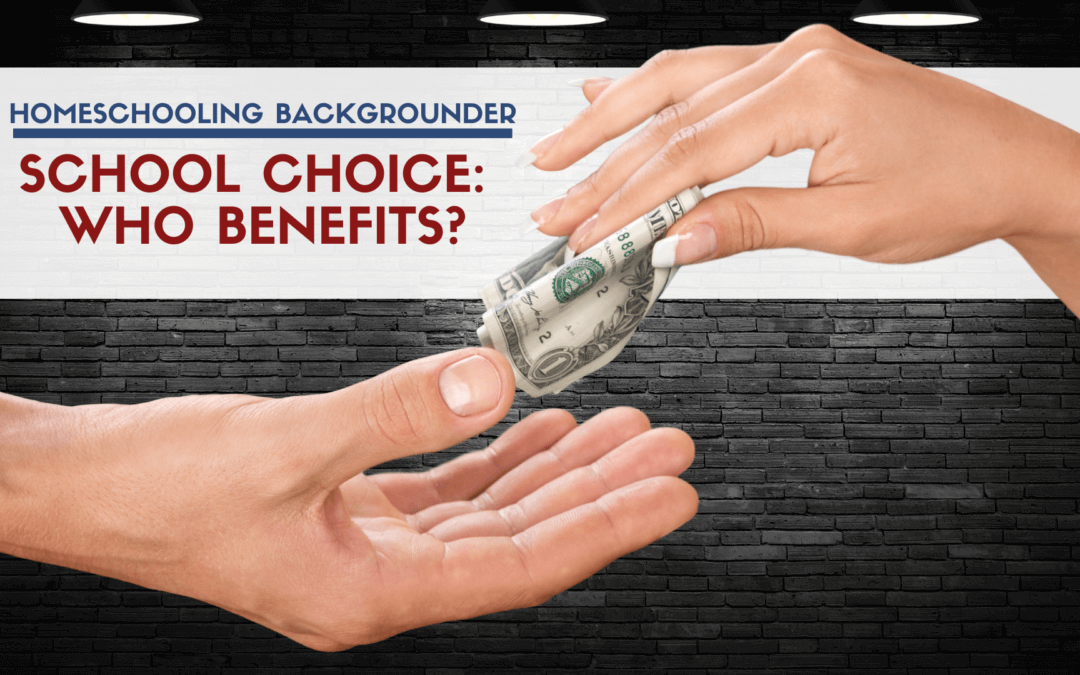Rodger Williams
Updated August 14, 2023
School Choice means giving government money to pay for the education of students outside of the public schools. But who are the primary beneficiaries of government funding of private education?
Public school families who want to escape the public schools?
For them, School Choice is looking like a dead end.
In particular, using Education Savings Accounts (which involve only government money, not parents’ money) appears to be a failing strategy for leaving public schools. Less than 5% of public school children are actually able to make the move to a better education using ESAs in Arizona, the national poster child for ESA programs.
Will private school families benefit?
One would think so, since many are signing up for ESA money. But the economic future is not likely to be what these parents had foreseen.
There is a new trend coming into view. Private school tuition prices are suddenly going up as School Choice government money starts flowing into the market:
In Iowa, Holy Family Catholic Schools announced that they would be raising prices 10 to 40 percent, depending on a families’ relationship to the parish, given the state’s new education savings account program. In Florida, St. Paul Catholic School announced an increase in tuition for parish members from $6,000 to $10,000, and from $7,000 to $12,000 for nonmembers.
This is disturbing to parents. They were told that School Choice government money is a mechanism to move students from bad schools to good schools. They were told the money would reduce or eliminate out-of-pocket expenses for private school tuition.
They were not told the government money would go towards driving up tuition prices. And money spent to support rising tuition is money that is diverted away from reducing out-of-pocket tuition expenses.
There appear to be conflicts between private schools who want to raise tuition and the schools’ parents who want out-of-pocket tuition relief.
The situation is in flux right now. But it is reasonable to predict that for most private schools part of the government money will be devoted to supporting rising tuition and the other part will go towards giving parents out-of-pocket tuition relief.
So private school tuition prices will go up with the support of School Choice government money.
Some students will be able to come out of public schools into private schools because the government money allows them to do so.
These students will eventually be forced back into the public schools because of rising private school tuition.
The School Choice money available will be outpaced by the tuition increases. And these families will no longer be able to afford tuition costs.
Of course, private school families who refuse the government funding will face the same tuition price increases without having any government money on hand. They will therefore be put in an unfavorable financial position.
Many could be driven out of the private school market. The School Choice formula “If you don’t want government money then just don’t take the money” does not work for these families.
Will homeschool families benefit?
The overriding cost of homeschooling is the loss of a second income when one parent is the primary teacher. School Choice money does not pay for the lost income families experience.
Private schools that accept government funding?
Yes, they benefit.
The bulk of School Choice funding goes to private schools. It is a windfall source of income for those schools.
This is additional money for the school, which it can spend as it chooses — a substantial benefit.

